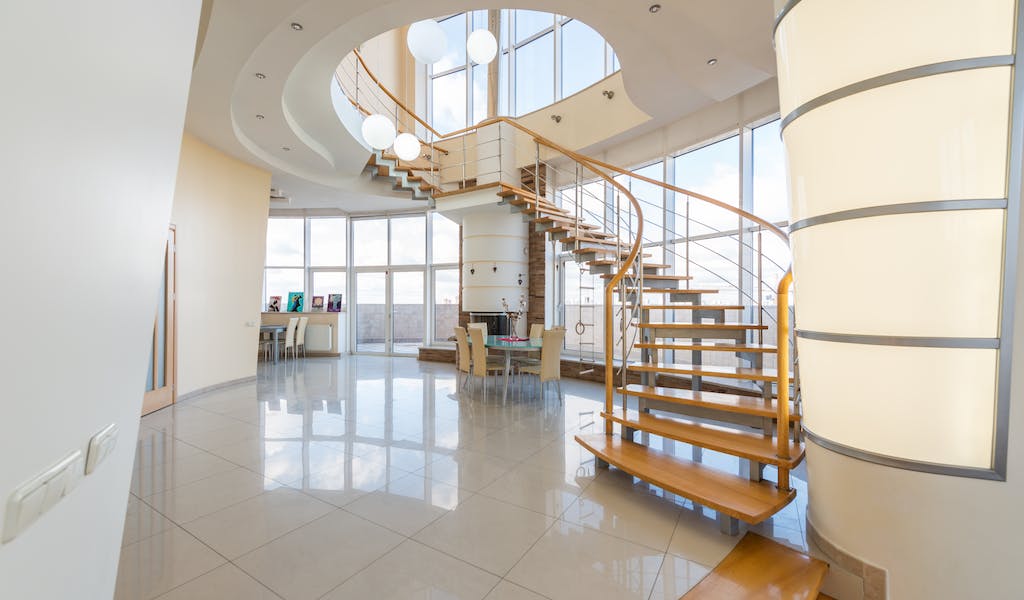In the realm of architecture, where form meets function and creativity intertwines with precision, the concept of architectural fabrications emerges as a testament to human ingenuity. These fabrications go beyond the traditional boundaries of construction, pushing the limits of design and engineering. In this exploration, we delve into the fascinating world of architectural fabrications, unraveling the intricate tapestry that binds imagination and construction.
Architectural fabrications encompass a diverse range of techniques and materials, all aimed at creating structures that challenge conventional norms. From cutting-edge materials like carbon fiber composites to innovative construction methods such as 3D printing, architects today have an extensive toolkit at their disposal. The goal is not merely to build structures but to craft experiences, blending aesthetics with functionality.
One striking aspect of Architectural Fabrications is the fusion of traditional craftsmanship with modern technology. It’s a harmonious dance between artisanal skills and digital precision. Intricate designs that were once challenging to execute are now brought to life through computer-aided design (CAD) and advanced manufacturing techniques. This synergy allows architects to dream big and transform their visions into tangible, awe-inspiring structures.
Parametric design in architectural fabrications
One notable example of this fusion is the use of parametric design in architectural fabrications. Parametric design involves the use of algorithms to create complex, dynamic forms that respond to various parameters. This approach enables architects to design structures that adapt to environmental conditions, optimize energy efficiency, and engage with their surroundings in innovative ways. The result is a new breed of buildings that not only serve a purpose but also tell a story through their design language.
In the realm of materials, architectural fabrications often explore unconventional options to achieve both structural integrity and aesthetic appeal. Carbon fiber, known for its strength and lightweight properties, has become a darling of architects pushing the boundaries. Its use allows for the creation of slender, visually striking structures that challenge preconceived notions of what is possible.
3D printing, another groundbreaking technology, has revolutionized the construction industry by enabling the fabrication of intricate structures layer by layer. This additive manufacturing process not only reduces material waste but also opens up new possibilities for creating complex, customized designs. Architects can now experiment with forms that were previously impractical or impossible to construct using traditional methods.
Architectural fabrications
Architectural fabrications also play a pivotal role in sustainable design. As the world grapples with environmental challenges, architects are seeking ways to minimize the ecological footprint of their creations. By incorporating innovative materials and construction techniques, they aim to create buildings that are not only aesthetically pleasing but also environmentally responsible. From green roofs that promote biodiversity to energy-efficient facades that harness solar power, architectural fabrications contribute to a more sustainable and eco-conscious built environment.
The unveiling of architectural fabrications is not just about showcasing the latest technological marvels; it’s about redefining our relationship with the built environment. It challenges us to rethink the possibilities of architecture, encouraging a shift from the mundane to the extraordinary. As these fabrications become more prevalent, they inspire a new generation of architects to push the boundaries further, to dream bigger, and to create structures that captivate the imagination.
Conclusion –
The world of architectural fabrications is a captivating journey into the intersection of art and engineering. It is a realm where traditional craftsmanship meets cutting-edge technology, where parametric design and 3D printing redefine what is achievable, and where sustainability is a guiding principle. As we unveil these architectural fabrications, we witness the transformation of the built environment into a canvas of innovation and creativity, inviting us to imagine a future where the line between fantasy and reality blurs into one harmonious expression of human achievement.

















